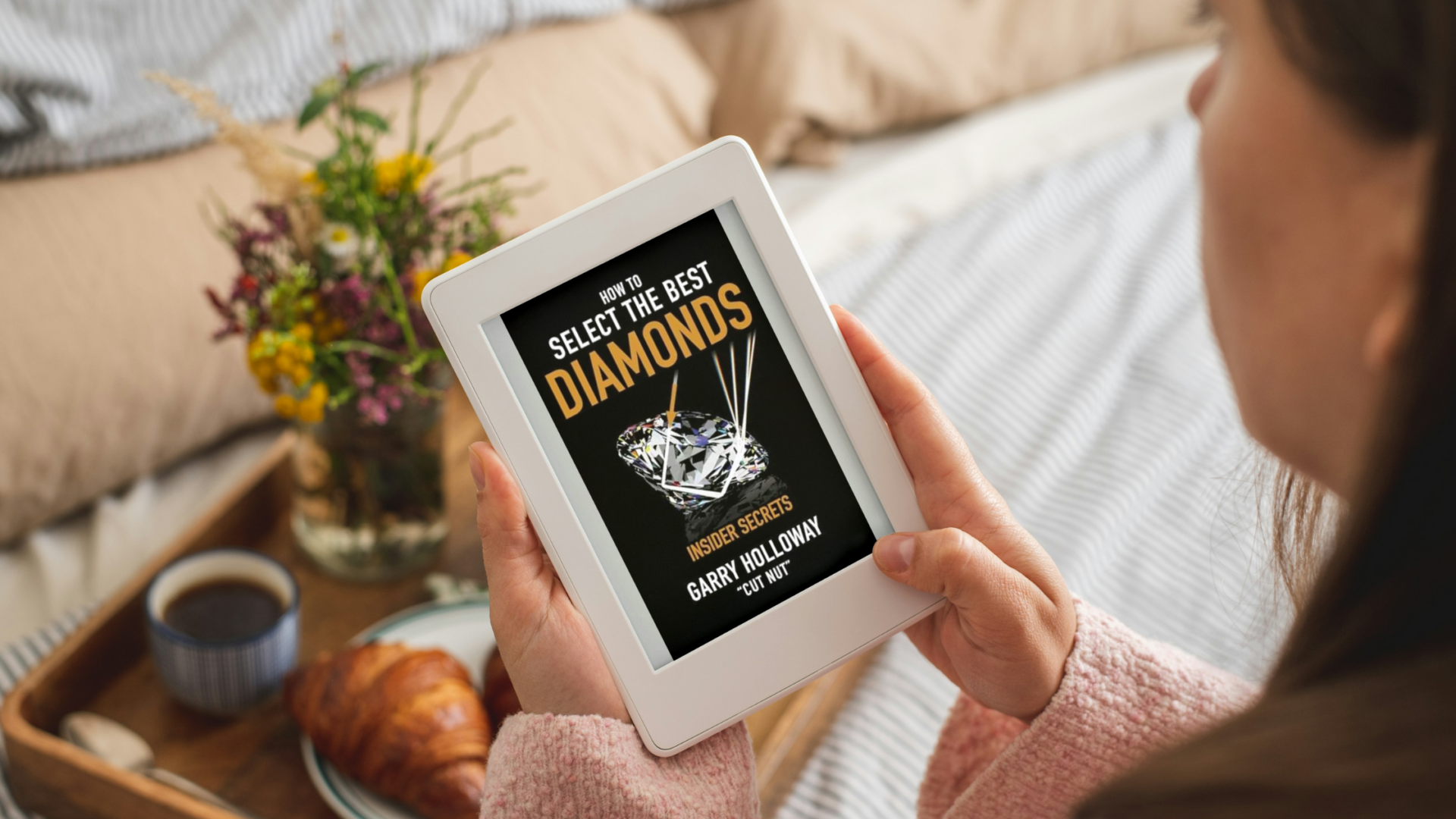Blue-Seeker
Shiny_Rock
- Joined
- Sep 2, 2011
- Messages
- 158
Hi, I posted last week about a 3.15 carat blue sapphire with a veil inclusion. Thank you to all of you who helped me out in the thread. I asked the mods to remove that thread because I've been negotiating, so far unsuccessfully, with the store on the stone. So, as of now, I will not be buying that stone, but perhaps we'll come to an agreement and I'll be back with lots of photos.
So I'm back on the search for a blue sapphire in the 2 - 3 carat range. I've been doing some more research on treatments and I am very concerned about something I saw posted on another site, excerpted here because I don't think I can link directly to the site per forum rules. This alert is from July 2011.
"Gemstone Treatment Alert: Ceylon/Sri Lanka Sapphires: Please use the link below for the full story and any updates I may list as I find out more information. But a quick summation is that Sri Lanka buyers have been buying up lots of the dark dark blue sapphire rough from Nigeria and Australia and have some how discovered a way to use Beryllium Treatment to lighten these overly dark and less valuable sapphires into close to top colors and far more valuable blues! The issue is many are just being sold into the Market as Ceylon/Sri Lanka origin materials and the only treatment(s) disclosed are “Heat” or “Heat Only” or “Heated”, no disclosure of Beryllium Diffusion/Treatment disclosed!"
The link referred to on the webpage just goes to another summary of the same information with no follow-up.
Has anyone else heard of this? This makes me suspicious of buying any recently cut sapphires labeled Ceylon/Sri Lanka origin. How good are the labs at picking up these treatments? And how reliable are the labs?
Another question, if a sapphire is recut, will that expose beryllium treatment because the beryllium doesn't penetrate the entire stone, just the surface of the stone?
So I'm back on the search for a blue sapphire in the 2 - 3 carat range. I've been doing some more research on treatments and I am very concerned about something I saw posted on another site, excerpted here because I don't think I can link directly to the site per forum rules. This alert is from July 2011.
"Gemstone Treatment Alert: Ceylon/Sri Lanka Sapphires: Please use the link below for the full story and any updates I may list as I find out more information. But a quick summation is that Sri Lanka buyers have been buying up lots of the dark dark blue sapphire rough from Nigeria and Australia and have some how discovered a way to use Beryllium Treatment to lighten these overly dark and less valuable sapphires into close to top colors and far more valuable blues! The issue is many are just being sold into the Market as Ceylon/Sri Lanka origin materials and the only treatment(s) disclosed are “Heat” or “Heat Only” or “Heated”, no disclosure of Beryllium Diffusion/Treatment disclosed!"
The link referred to on the webpage just goes to another summary of the same information with no follow-up.
Has anyone else heard of this? This makes me suspicious of buying any recently cut sapphires labeled Ceylon/Sri Lanka origin. How good are the labs at picking up these treatments? And how reliable are the labs?
Another question, if a sapphire is recut, will that expose beryllium treatment because the beryllium doesn't penetrate the entire stone, just the surface of the stone?




300x240.png)